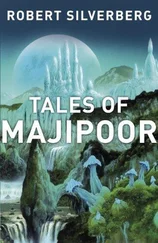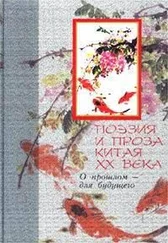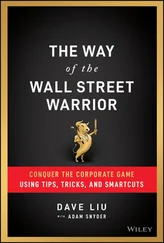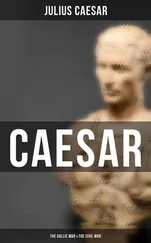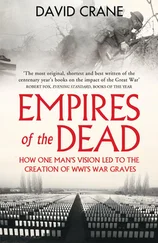The only major adaptation involved literary rendering of the text to make it clear and unambiguous (whenever ambiguity was not pre-requisite in the first place) for the non-specialist. There is no textual commentary and every phrase is made self-explanatory while staying as close to the original as the compiler’s linguistic prowess allowed. Also, a certain unification of style and standardization of key terms have been attempted.
Naturally, a considerable amount of judgment had to be exercised in regards to selecting the maxims themselves. That is admittedly the part most open to criticism. The personal preferences were cast aside as much as possible in favor of objectivity. A modern-day average Western citizen would hardly find much use for the technique of deploying chariots on an open terrain or for a method of calculating maintenance costs for an army on a march.
The detailed descriptions of exact tactical and strategic situations, constituting a bulk of military handbooks, have been largely omitted as well, partially because they have little value outside of an actual battlefield (and an historic battlefield for that) and partially because their function is mostly illustrative anyway. Explicating them metaphorically felt presumptuous, as it was likely not the authors’ intention. Only in those instances where the proposition could undoubtedly be taken in a broader sense they have been included.
The text layout needs a few words of explanation. It is at a first glance more akin to poetry than to prose, organized in short lines to add some extra emphasis to the syntactic structure and accentuate the meaning better, which is paramount when dealing with a brevity of form such as this. It is also somewhat half way between the Chinese and the English idioms – the Chinese language has very little grammar and is written vertically, with each hieroglyph normally representing a standalone concept which may demand a whole line of translation.
The maxims are joined together on a logical basis intuitively understandable to a Western reader (while the inner logic of reasoning is still mostly Chinese), but each one of them is more or less self-sufficient even if previously employed in some context, hence the general look of the page. Many could have easily fitted into several categories, so a number of arbitrary decisions have been made as well.
Such a method as employed in creating this book, however crude and unscholarly it may appear to some, is nevertheless not altogether out of line with a common medieval attitude to venerated classics.
Oral teachings of prominent people were compiled, often decades or even centuries later, commented upon, then recompiled with commentaries interpolated in the (more or less) genuine text, taken apart for anthologies and reassembled and recompiled yet again, with a possible falsification or two somewhere along the way, to a point when it was quite impossible to say whether the original author had anything to do with any of it at all.
The medieval passion for compilation and commentary, not infrequently rather unscrupulous (shared, as it would seem, by both the Chinese and – much later – the Europeans), is presumably the case even with the treatises par excellence : Master Sun’s The Art of War , Master Lao’s Dao De Jing , Master Kong’s Analects .
Texts of this sort may read as coherent narratives today (although Master Sun’s does not), particularly after a fair amount of editing has been involved, but they are not, nor have ever been. Which means, that bringing them to an attention of a modern reader through yet another textual deconstruction could be justified.
Конец ознакомительного фрагмента.
Текст предоставлен ООО «ЛитРес».
Прочитайте эту книгу целиком, купив полную легальную версию на ЛитРес.
Безопасно оплатить книгу можно банковской картой Visa, MasterCard, Maestro, со счета мобильного телефона, с платежного терминала, в салоне МТС или Связной, через PayPal, WebMoney, Яндекс.Деньги, QIWI Кошелек, бонусными картами или другим удобным Вам способом.



